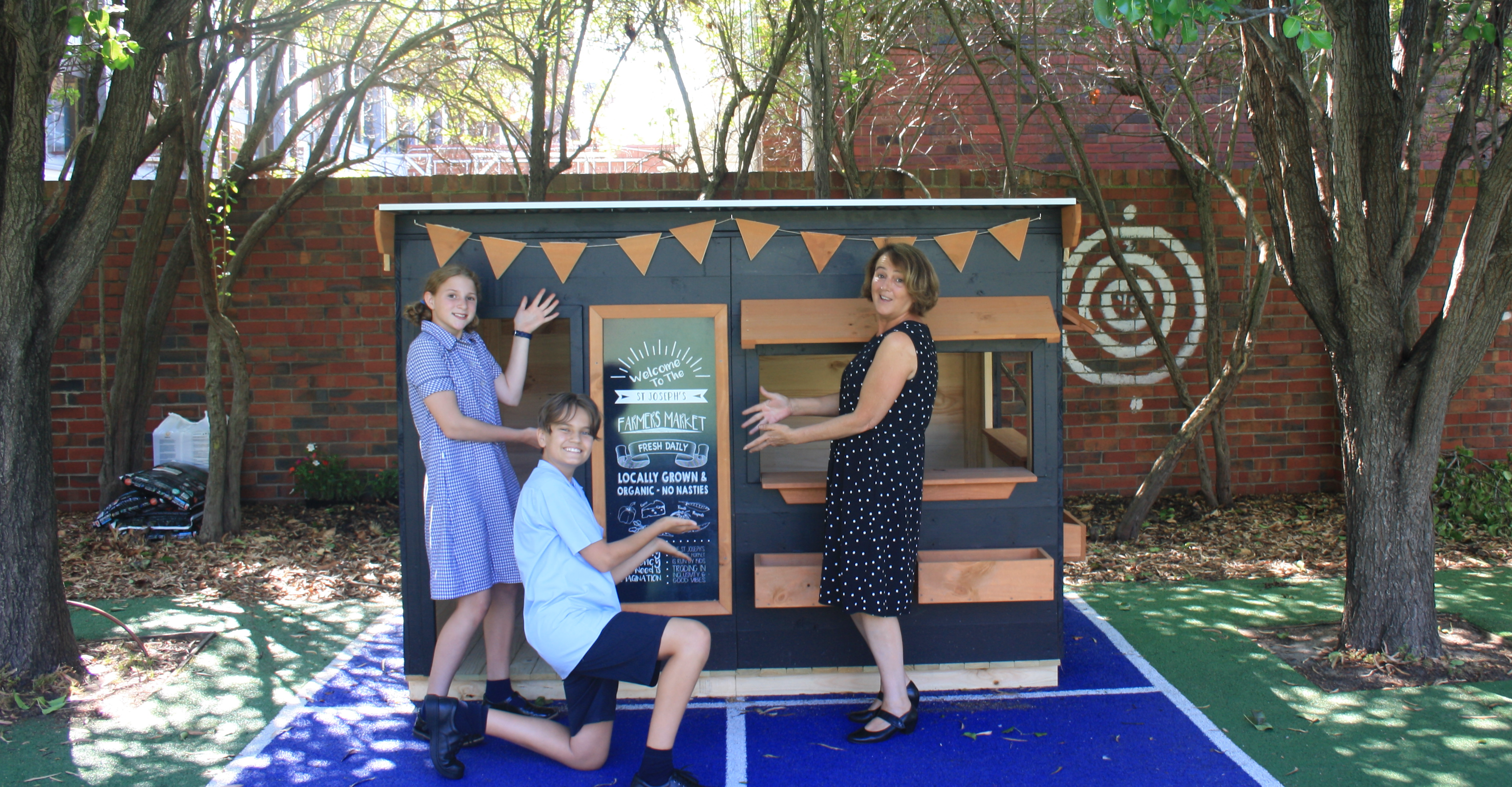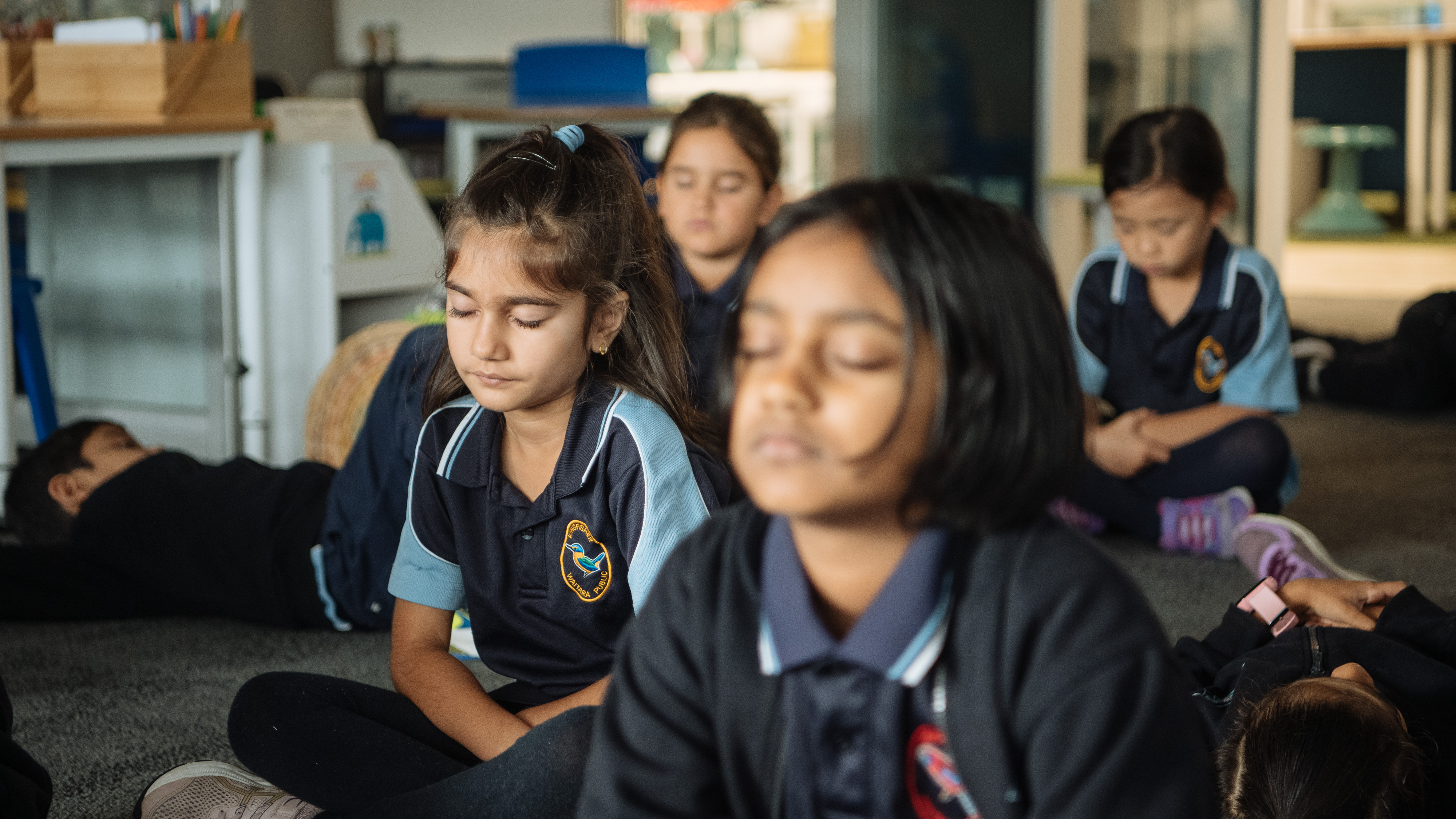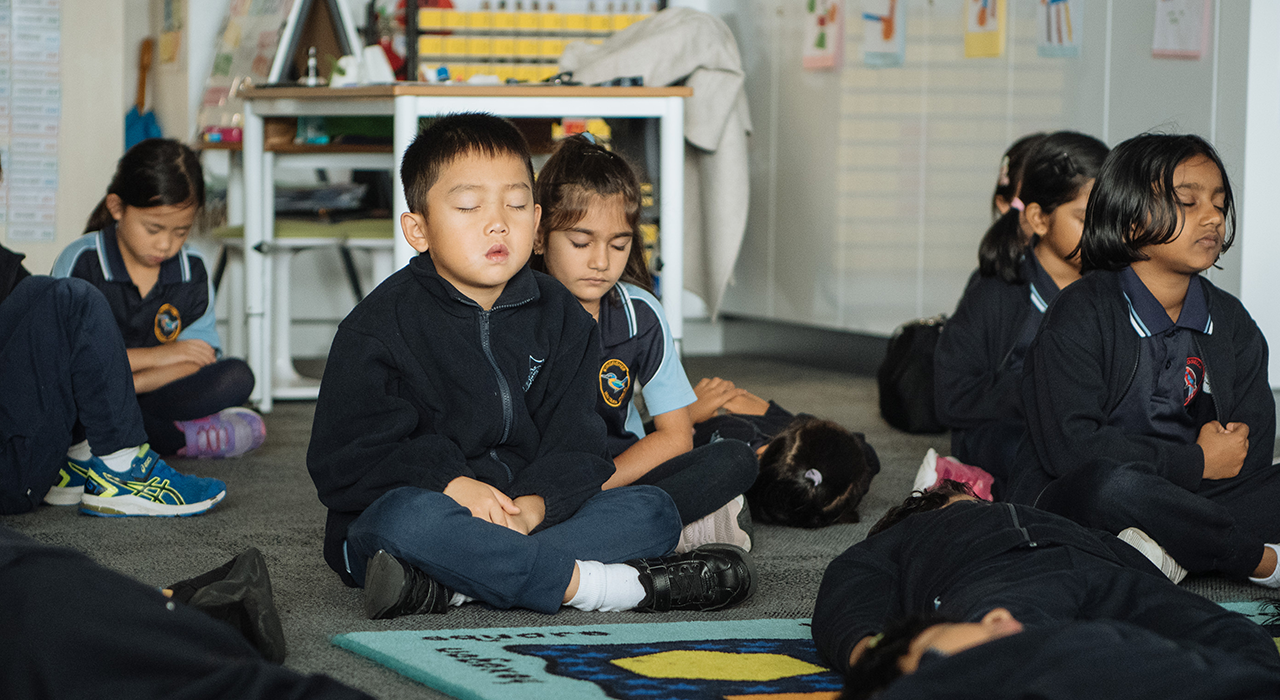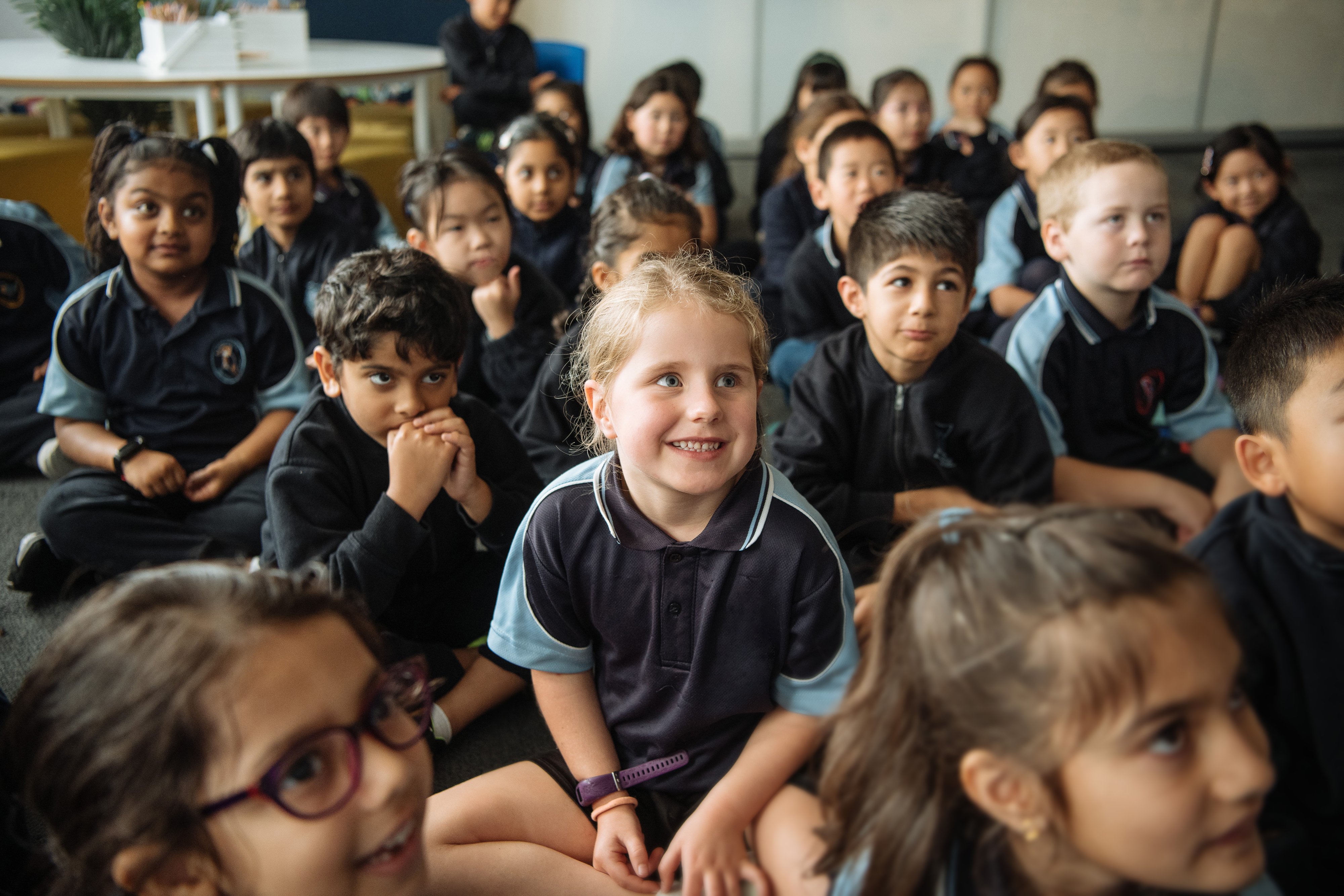High school can be a challenging time for our kids. Here we look at how mindfulness in high school can and will help.
Being in high school is not always easy. There’s so much change and transition happening physically and emotionally for high school students. They’re dealing with the pressures of exams, homework, puberty, personal issues, bullying and in some cases depression.

The Smiling Mind team wanted to find out exactly how teachers are using our app to introduce mindfulness in high school and how exactly it can help students on their journey to adulthood.
Here are the 9 steps to achieving mindfulness in high school as explained by teachers already teaching mindfulness in the classroom across Australia;
1. Mindfulness in high school begins with you
High School teachers who have their own practice increase their own mental wellbeing and that of their students.
If you have your own practice, you’ll increase the positive outcomes and creative thinking of your classroom. For example, if you’re feeling stressed, try one of our quick grounding meditations before your students come into class.
2. Teach mindfulness techniques in your classroom
Unlike a primary setting, high school students don’t only have one teacher for the whole week. This makes using the Smiling Mind app consistently, somewhat difficult.
However, we’ve seen that even a quick 5-minute meditation can be used in any class to help get the students ready for learning.
Set a consistent practice of mindfulness at the beginning and even the end of each of your classes. Students will soon learn it is an expected practice within your classroom.
3. Introduce mindfulness practice in your home group
If your school has home groups it can be a great way for your students to start the day.
We know it’s not a lot of time, so this usually works best after one of our Smiling Mind student workshops has introduced the students to mindfulness.
After this you can utilise a mindfulness meditation in your home group in as little as 3 minutes!
4. Integrate it into a Health, P.E. or Wellbeing class
Smiling Mind classroom programs can be taught during Health to teach students about how to take care of their mental health, or as part of the Social and Emotional Learning component of the curriculum.
Click here to explore our classroom programs today.
5. Encourage the School Psychologist to use it
School psychologists and wellbeing coordinators in high schools can use it and recommend it with individual students with behavioural or social issues to help them create strategies to cope with their emotions.
Students have found resounding success using the app as a tool to help manage anxiety.
6. Get students actively engaged
Our YouTube Channel is a great support to help you explain the concepts around mindfulness, otherwise we also run student workshops that are a great way to kick start mindfulness in your high school.
After we introduce the basics, it’s then easier for you to implement it in your classroom.
7. Create a mindful classroom space
The environment where students learn and play is important in shaping their physical, mental and social health.
Visual reminders around mindfulness and gratitude including things like quotes can help encourage students to find calm, clarity and connection in their day.
8. Get other teachers involved teaching mindfulness in their classrooms
A whole school approach is the best way to go when promoting mindfulness in high school. This includes other teachers and the leadership team. Principals especially are able to improve long-term outcomes. If you’re looking for a quick 101 on how to convince your colleagues and get the onboard, check out our Mindfulness in Education page, visit out YouTube Channel or request to book in a staff PD workshop.
9. Promote a whole school approach to teaching mindfulness in high school
Implementing a whole school approach to mindfulness in high school is one of the most important factors in ensuring sustainability.
The research shows that the use of a whole school approach to mindfulness in schools leads to positive student outcomes such as increased optimism and social-emotional competence as well as improved teacher outcomes such as reduced anxiety.
Why not try to provide evidence and research data to your school leadership team to promote mindfulness and ensure a whole school approach to Smiling Mind?
Access your free copy of our Evidence based guidelines for mindfulness in schools to provide evidence and resources for teaching mindfulness in the classroom.
This document aims to provide school leaders, teachers and other stakeholders who wish to implement mindful learning through mindfulness programs for children into their school with a clear and concise review of the evidence and existing best practices within education.
The Smiling Mind Education Program has two major applications in the classroom:
- Group settings: A teacher or facilitator logs into the Smiling Mind Education Program website and works through the program as a class, using the communal platform to generate discussion and learning. Mindfulness practices are played via website or the smartphone speaker and the class practices the mindfulness activities and meditation as a group.
- Individuals: Students download the Smiling Mind app and utilise it when directed by a teacher and/or at the student’s discretion on an as needs basis both in and out of the school environment.
We've also developed easy-to-follow curriculums for every school age including exactly how to implement mindfulness in any school whilst embedding a mindful culture amongst students. You can see them here.
Want to find out more about our whole school approach? Get in touch here.
If you're already using Smiling Mind with your class we'd love to get your feedback, it'll only take 3 minutes - click here!









.jpg)





